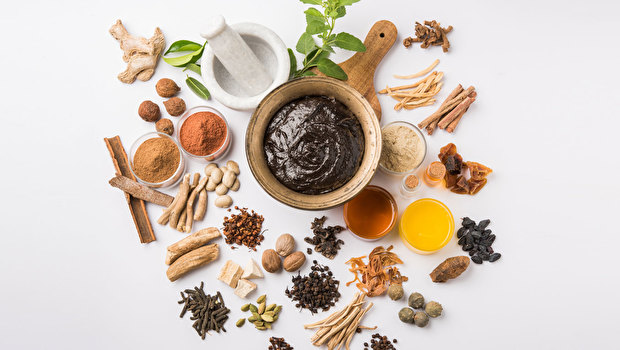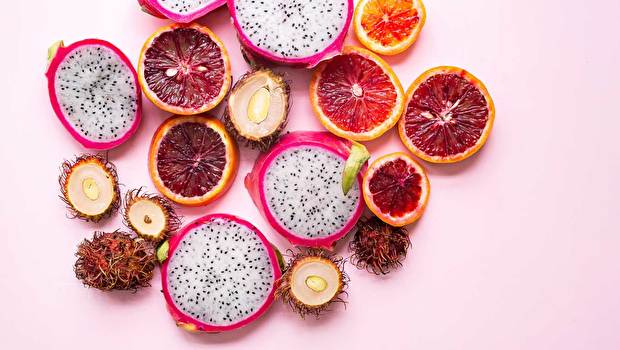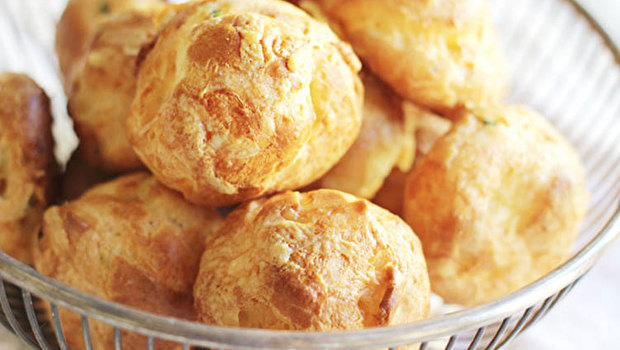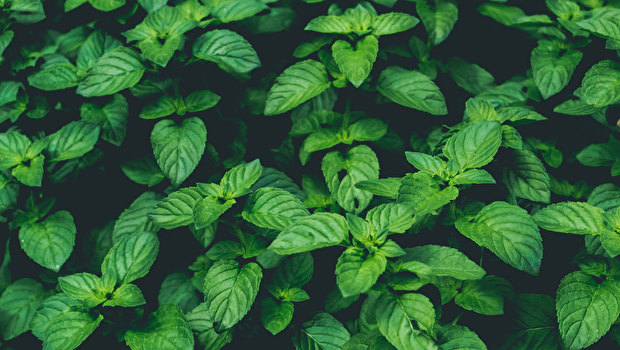Today, not only supporters of a healthy lifestyle and proper nutrition are talking about matcha tea: the traditional drink continues to gain wide popularity, and this despite the fact that it was first drunk in the distant 10th century.
Matcha is a Japanese green tea ground into a powder. In Japanese, it is called matcha, and in our transcription, matcha. This tea is traditionally used in the Japanese tea ceremony. Features of cultivation and preparation allow this drink to retain a huge amount of nutrients.
Harvest only once a year. And an important feature is that two weeks before harvest, the leaves are covered to protect them from sunlight. Thus, the tea retains freshness, and the leaves are a rich dark green color. At the same time, the leaves are saturated with amino acids, and the tea acquires a sweet taste.
After harvesting, tea leaves are processed in two ways. In the first case, they are rolled and dried, thus making gyokuro tea. In the second, the leaves are dried straight and ground to make tencha tea.
The taste of matcha tea depends on the presence of amino acids in it. The higher grades, which are picked first, have a deeper rich aroma and sweet taste than the lower grades, which are picked later.
The history of the drink
Today, matcha or matcha tea is considered a traditional Japanese drink. However, this powdered green tea appeared not in the Land of the Rising Sun, but in China. As early as the fifth century, the Chinese roasted tea leaves and then ground them. The resulting powder was pressed into briquettes, which were then brewed in boiling water with the addition of a certain amount of mint or salt. The preparation and consumption of powdered tea has become a ritual for Zen Buddhists.
Zen Buddhism itself, and with it powdered tea, were brought to Japan in 1191 by the monk Eisai . Powdered tea was gradually forgotten in China, but in Japan it held its ground thanks to the Zen monks, and then became widespread among other sections of society during the period from the 14th to the 16th century. At this time, the owners of tea plantations in Uji perfected the technique of producing the highest grade tea - matcha.
In Japan, tea became especially popular much later, only in the 13th century, but it was the Japanese who perfected the technique of making matcha. Having mastered the preparation of tea, the Japanese went even further and made matcha a familiar component of their national sweets. Matcha powder is sprinkled on manju and kakigori desserts, it is added to sweets and pastries, alcoholic and non-alcoholic drinks.
Today, healthy lifestyle enthusiasts continue to write the history of matcha and use it to make muesli, smoothies and other healthy meals. Green tea powder is considered a real superfood, and we are increasingly paying attention to it when it comes to proper and balanced nutrition.
Match production
Harvest only once a year. And an important feature is that two weeks before harvest, the leaves are covered to protect them from sunlight. Thus, the tea retains freshness, and the leaves are a rich dark green color. At the same time, the leaves are saturated with amino acids, and the tea acquires a sweet taste. The leaves are harvested by hand, dried in a special room without twisting, in a straight state, and then ground into a light, powdery bright green powder.
After harvesting, tea leaves are processed in two ways. In the first case, they are rolled and dried, thus making gyokuro tea. In the second, the leaves are dried straight and ground to make tencha tea.
The taste of matcha tea depends on the presence of amino acids in it. The higher grades, which are picked first, have a deeper rich aroma and sweet taste than the lower grades, which are picked later.

The quality of future matcha is determined by very complex factors (which is why this tea is usually more expensive than other types of tea). For example, fermentation plays an important role: the taste of matcha deteriorates when raw materials come into contact with oxygen, and the powder itself becomes brownish.
tencha and conacha
Types of matcha are determined by the method of collection and subsequent processing of raw materials. So, if the tea leaves were rolled before drying them, the variety would be called gyokuro (pearl dew). This is a very expensive variety of Japanese green tea, which has a number of useful properties, but it has nothing to do with matcha.
But tencha is obtained from leaves dried in a straightened state, and it is this variety that is used to make matcha: it is enough to simply remove all the veins and stems from the raw material and grind it into powder.
Please note that other powdered teas (konacha) are produced in Japan, and they also have nothing to do with the main character of our today's review. Conacha is made from the coarse grinding of a mixture of leftover green tea leaves and is insoluble in water.
Why matcha is so useful
Matcha surpasses any quality tea in its beneficial properties. For comparison, the concentration of useful and nutritious nutrients in 1 cup of powdered tea is equivalent to 8-10 cups of green tea.
Matcha contains powerful antioxidants (and in record amounts), flavonoids, amino acids and phytonutrients. What does it mean?

Matcha neutralizes the action of carcinogens, helps slow down the aging process and rejuvenates cells. Green tea powder speeds up metabolism and starts fat burning processes, working as a detox remedy.
Japanese tea promotes the production of dopamine and serotonin, which are responsible for tone, good mood and concentration. Due to the high content of catechins, it helps to burn fat more efficiently, helps to normalize blood sugar and cholesterol levels. It also serves as a good prevention against cancer, improves brain activity, reduces the risk of cardiovascular diseases, gives a feeling of satiety, thanks to which it can replace breakfast or afternoon tea, contains the amino acid L-theanine, which promotes the production of serotonin and dopamine.
How to make matcha tea
For traditional matcha brewing, you will need:
- Chawan - ceramic or porcelain bowl for brewing
- Chasaku is a bamboo scoop containing 1 gram of matcha powder.
- Strainer - for sifting matcha
- Chasen - bamboo whisk for stirring
For koich (strong tea):
- Warm up the tyavan, pour 4 grams of sifted matcha into it and fill it with 50 milliliters of hot (80 degrees) water.
- Slowly stir the tea with a whisk. The tea should be thick, viscous, with a rich green foam on top.
For usuch (weak tea):
- Warm up the tyavan, pour 2 grams of sifted matcha into it and fill it with 80 milliliters of hot (80 degrees) water.
- Stir the tea with a whisk until a small foam is formed so that there are no lumps left on the walls of the chawan.
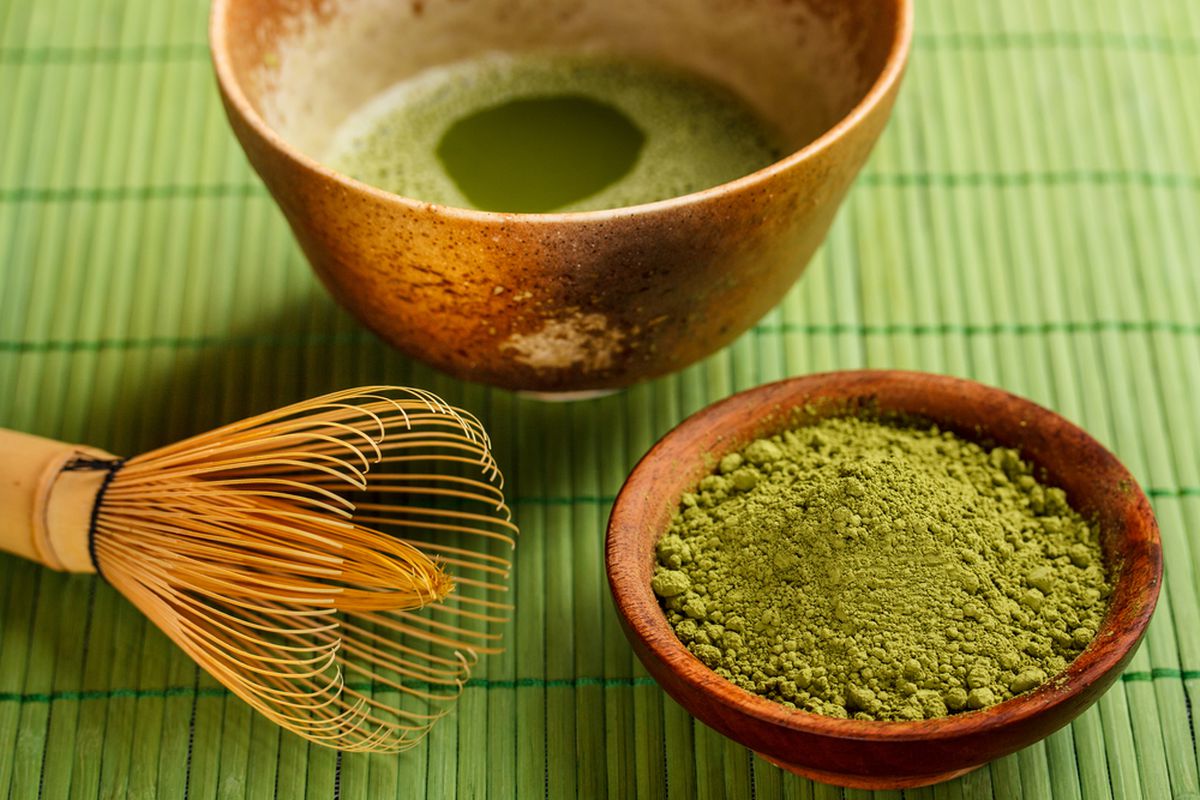
Instead of the usual black coffee for breakfast, make matcha latte. It seems that a more useful invigorating drink simply does not exist in nature.
Another trend that has emerged recently is the use of matcha tea in the cosmetics industry. Due to its powerful antioxidant properties, this ingredient has become a part of many skin care products. It is believed that this component prevents aging, protects against aggressive ultraviolet radiation and perfectly tones the skin.





